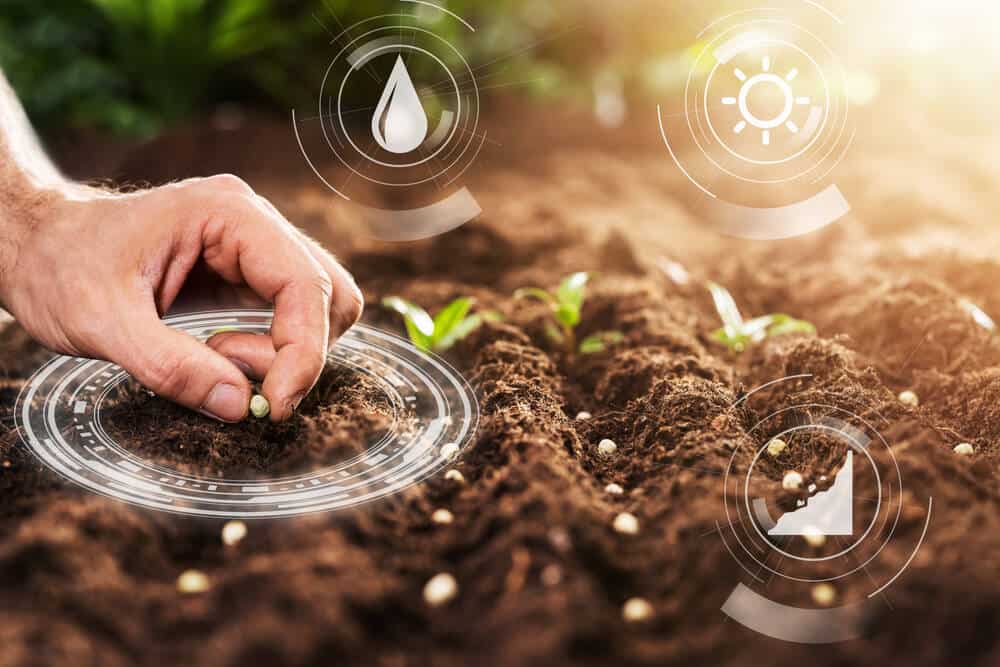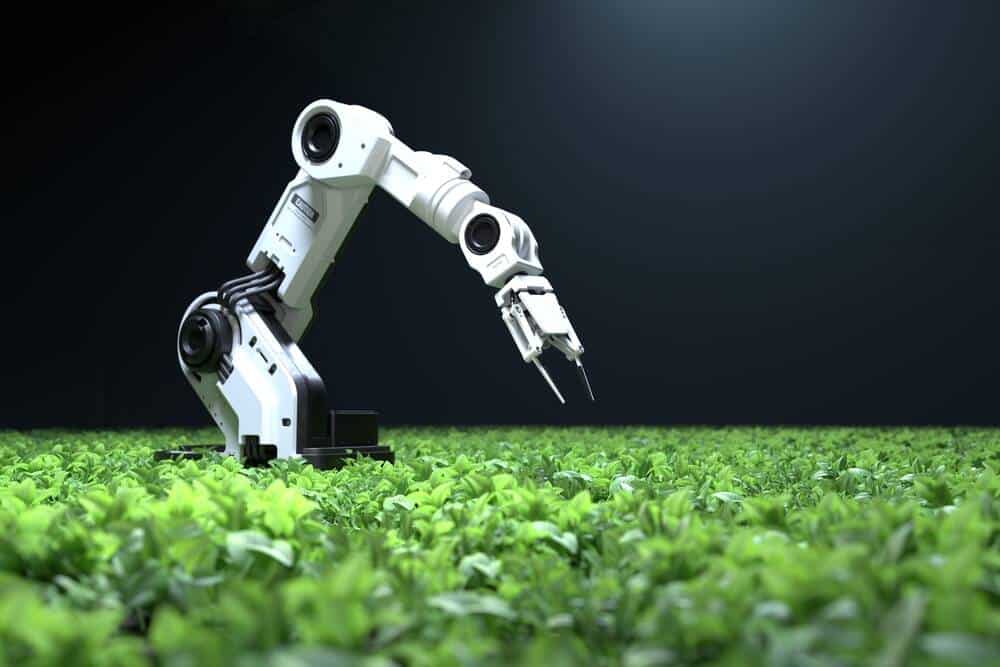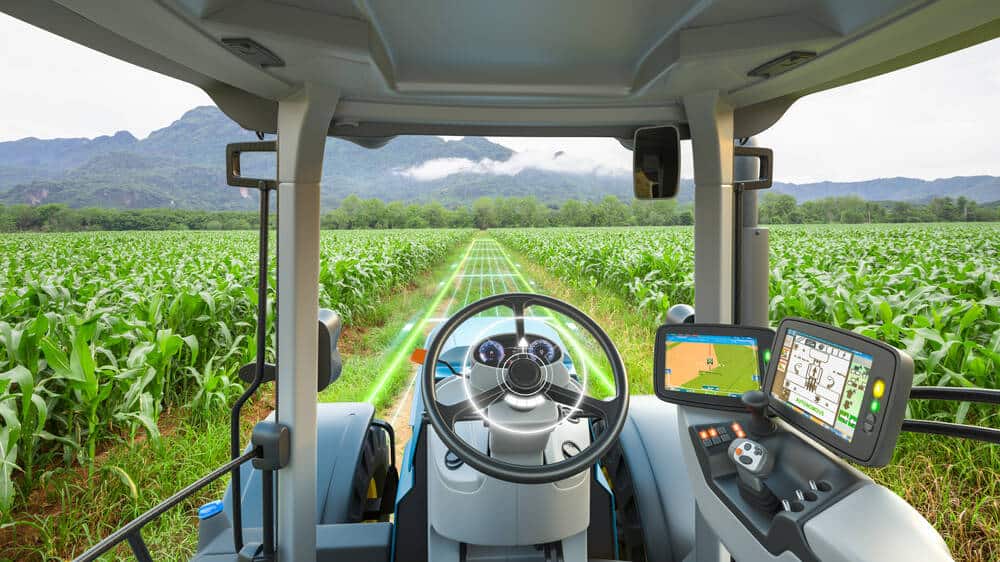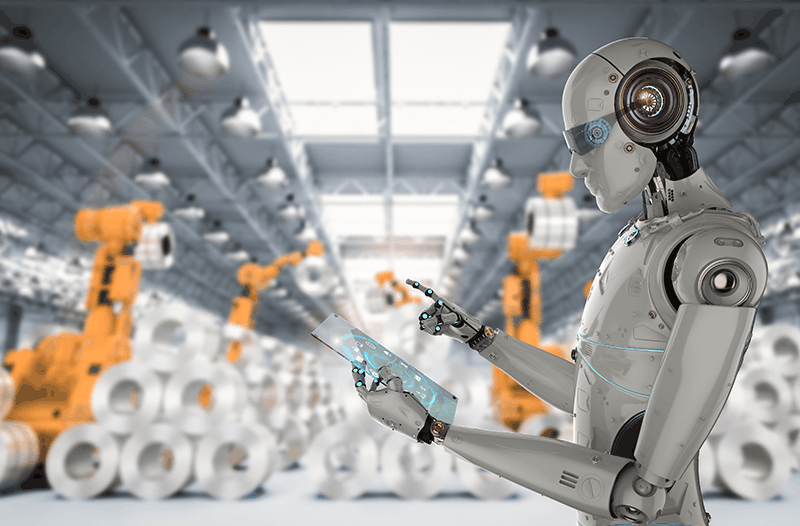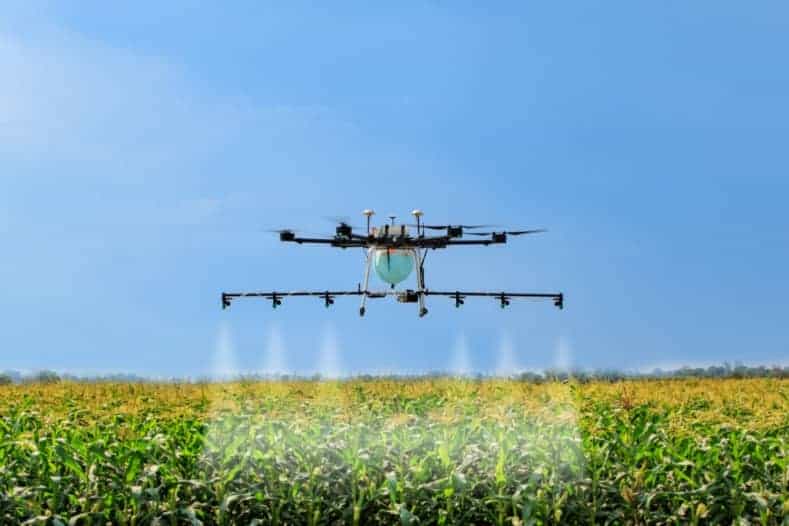To be able to fulfil rising food demands as a result of the rapidly growing world population, the implementation of advanced technology in agriculture has been steadily gaining momentum. Even the Internet of Things (IoT) has made an entrance as cutting-edge agrotechnology that will enable the further smartification of this industry. The IoT and related smart devices help monitor agricultural land, enable the automation of irrigation systems, fertilisation, pest control, and so on. The IoT will also help enhance operational efficiency, improve harvest quality and crop yields, facilitate cost reductions, and decrease waste.
We will need to produce 70 per cent more food by 2050 in order to feed the world’s growing population.
The UN Food and Agriculture Organisation (FAO)
How can the IoT benefit agriculture?
We will need to produce 70 per cent more food by the time we get to 2050, and this growing demand for food, combined with the depletion of resources like water and arable land, is increasingly necessitating the importance of improving food security. And improving food security is becoming more and more dependent on managing the effects of climate change, a dwindling (and ageing) agricultural workforce. All of these factors are driving the adoption of the IoT, which solutions are aimed at improving yields, reducing – or preferably closing – the supply-demand gap, and protecting the environment and our natural resources. Similar to other industries, the IoT in agriculture is made up of smart equipment, IoT software, wireless connectivity, and IT services and used in combination with technologies like artificial intelligence (AI), sensor technology, computer imaging, and robotics.
IoT technology provides farmers with a wide range of benefits. Among other things, it enables them to collect all sorts of valuable information about their farms, such as crop health or soil moisture levels, which they can use to adjust their irrigation and fertilisation practices, as well as make better-informed decisions about pesticide usage. Being able to monitor their crops around the clock also facilitates early detection of potential problems and enables farmers to address them in a timely manner. This in turn leads to healthier crops and better agricultural output. Another major benefit of IoT technology is that it allows farmers to monitor weather conditions in real time and respond accordingly, minimising the risk of crop loss. Farmers can also use IoT to automate various agricultural tasks, such as irrigation or harvesting, resulting in significant savings in terms of both time and money and greatly improving productivity. In the following sections, we’ll discuss a few specific examples of how the IoT benefits the agricultural sector – and how it can help us with solutions for the food production challenges we’re facing in the years ahead.
Using the IoT to manage climatic factors
It probably goes without saying, but it’s worth pointing out that climate is a key consideration in farming. So is having the right climatic information, which can have a significant impact on agricultural output, both in terms of quality and quantity. This is where IoT technology comes in. By installing sensors throughout their agricultural fields, farmers can collect valuable information about various environmental conditions, such as temperature, humidity, and rainfall, and use it to inform their crop selection. When a sensor detects adverse weather conditions, it can automatically alert the farmer, minimising the need for human presence and helping farmers improve their yields.
The multinational information technology company Capgemini recently unveiled a new IoT solution called Smart Hub Crop, which enables farmers to keep track of moisture levels on their fields in real time. The solution consists of a moisture sensor and a GPS-enabled IoT device installed on the fields, a central monitoring and analysis platform on Amazon Web Services (AWS), and a mobile application. The data generated by moisture sensors is combined with weather data supplied by the government to help farmers determine which area of the farm is suitable for which type of crop, which in turn helps them achieve better yields. Farmers can use the mobile application to sign up to the platform, where they access data about their fields, as well as a weather forecast for the week ahead.
“The Zyter IoT platform allows us to take data from all disparate sensors and apps and make them accessible to farm managers in a single pane of glass for analysis and decision making based on both current and historical data”.
Nancy Shemwell, chief operating officer, Trilogy Networks
IoT-powered soil monitoring provides actionable insights
IoT-powered soil monitoring empowers farmers and producers to optimise resources, reduce disease, and maximise yield. IoT sensors can measure all kinds of metrics, such as volumetric water content, soil temperature, soil oxygen levels, photosynthetic radiation, soil water potential, and so on. All this information is then transmitted to the cloud to be analysed. Insights can be used to identify trends and challenges and make changes to the soil conditions where needed. For instance, when soil moisture levels drop below certain levels, the IoT system can send alerts to farming staff or autonomously trigger irrigation systems.
To examine the condition of the soil and determine optimal planting, harvesting, and irrigation times, farmers typically have to inspect their fields in person. However, this process is very time-consuming and usually involves a lot of guesswork. To resolve this issue and automate the process, the Grand Farm research test facility in North Dakota recently implemented the Zyter Smart Agriculture solution, which enables them to monitor the condition of the soil in their soybean fields, as well as a host of other parameters, remotely.
The project involved placing an array of sensors beneath the soil, which are programmed to collect information about various soil and atmospheric conditions, including temperature, moisture content, nutrient levels, and solar radiation, and transmit them back to the system at regular intervals. This information is then presented to farmers through an easy-to-use graphical dashboard, which provides them with valuable, real-time insights into the state of their fields. “The Zyter IoT platform allows us to take data from all disparate sensors and apps and make them accessible to farm managers in a single pane of glass for analysis and decision making based on both current and historical data,” explains Nancy Shemwell, chief operating officer at Trilogy Networks, a Colorado-based cloud infrastructure company that was also involved in the project.
Precision agriculture for maximum crop health
IoT devices have found a number of useful applications in agriculture over the years. However, one that probably best illustrates the capabilities of this innovative technology is precision agriculture. Also known as precision farming, precision agriculture can be defined as “a method of farm management that leverages information technology to guarantee that crops and soil receive the exact nutrients they require for maximum health and productivity”. It collects data generated by sensors and analyses it to produce valuable insights that can help farmers improve their efficiency, reduce costs, and minimise their environmental impact.
For instance, AgriTalk is an affordable IoT platform for precision soil farming, which allows farmers to control various systems, including irrigation and pest control systems, from a remote location. The platform features a number of IoT devices, including soil sensors, a weather station, and cultivation actuators that are used for irrigation, fertilisation, and pest control. All of these devices are controlled through Arduino microcontroller boards called AgriCtls, which enable them to communicate with the system and report on the conditions in the field.
Similarly, Niolabs is a unique precision agriculture system that uses IoT and machine learning technology to process millions of data points that appear to be unrelated and produce valuable insights that enable farmers to give their plants exactly what they need. For example, they can use data generated by various sensors to keep track of environmental variables like temperature, humidity, and sunlight to determine the exact amount of water each individual plant needs and deliver it through a simple automatic irrigation system.
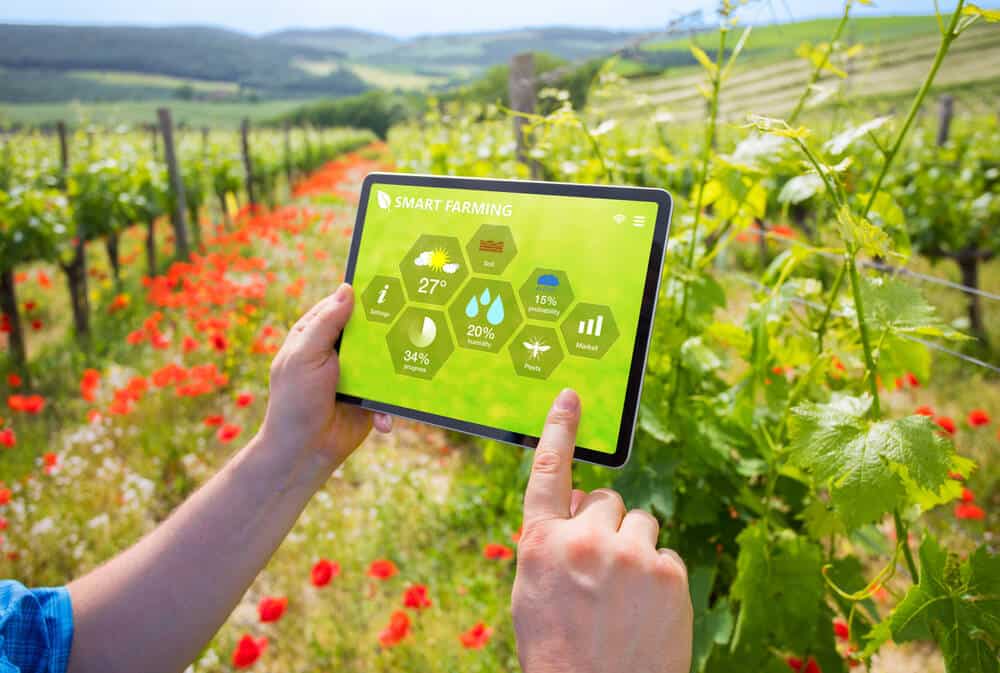
In closing
Thanks to the IoT, more and more agricultural businesses have seen their productivity and efficiency improve. One of the most significant benefits of the IoT in agriculture is its ability to collect huge amounts of important information, which enables farmers to monitor everything from crop health to soil temperature 24/7, which – in turn – enables the early detection of problems, reduces risks, and leads to better informed decision making. The IoT also helps businesses in agriculture monitor their farms remotely – from a computer or mobile device – so that they are always in the loop about the progress of their crops and can be alerted in case of potential trouble.
While IoT-based agriculture is still in its infancy, it has the incredible potential to transform how we produce food and offers many promising possibilities to help us deal with the challenges around food security in the years ahead.
